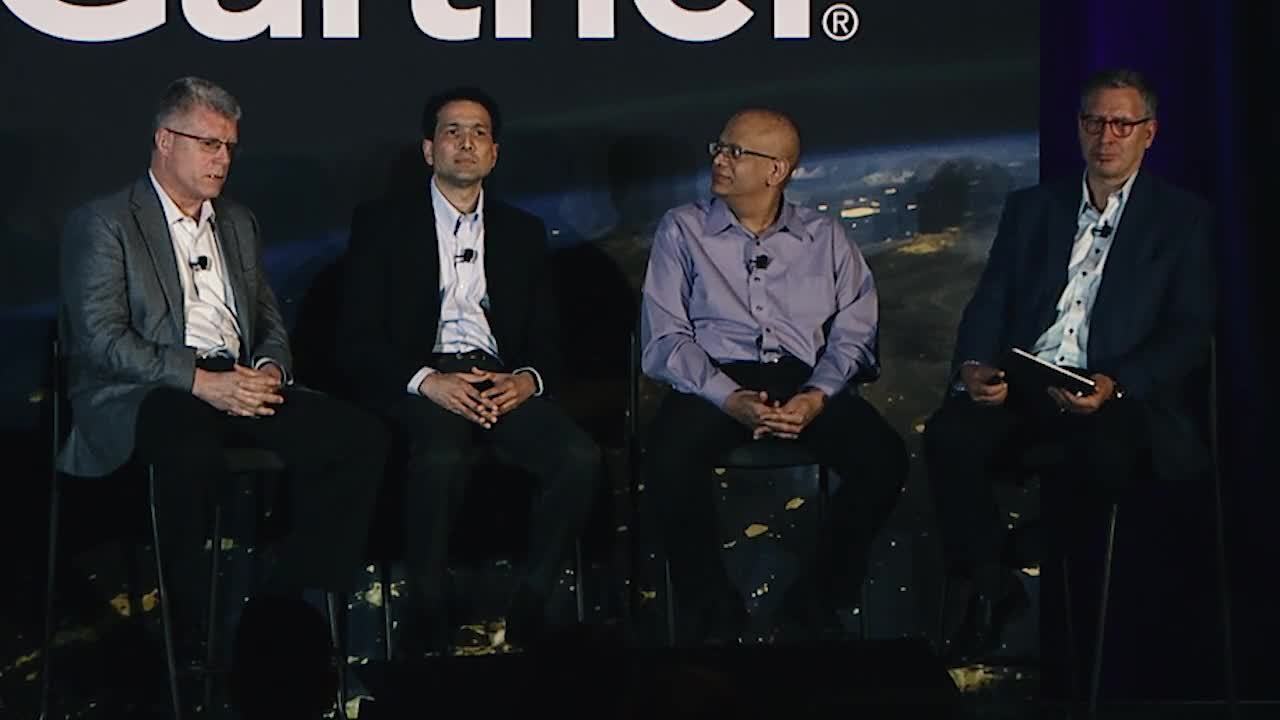
When your supply chain isn’t functioning, the signs are clear: missed opportunities, customer complaints, unexplained errors and overstretched planners. Diagnosis is easy, but change is hard. We’ve all heard stories about the company that spent thousands of dollars and years of work on transformation only to make negligible gains. These stories have created fear and persuaded many companies to stick with outdated solutions long after they’ve outlived their utility.
Why transformation fails
It’s time for companies to readjust their beliefs and revive transformation’s good name. Transformation only fails when its potential is misunderstood. Many efforts lead to waste because leaders assume change has to be rapid, bold and exciting. In reality, it requires patience, planning and foresight. Meaningful transformation occurs when companies give themselves the room to implement these practices.
Two keys to successful transformation: change management and iteration
At a recent Gartner conference, Kinaxis CEO John Sicard gathered leaders from Bose, Boston Scientific and ON Semiconductor to gather advice for digital transformation, drawn from their own experiences. A key theme from their discussion: for meaningful change to occur, technology is only the catalyst that supports broader workplace shifts, not the panacea that heals all wounds. For broader change to happen, leaders agreed that companies must focus on two things, change management and iteration.

1. Change management
Cultural change precedes every other update. “Unless you probe the DNA of your company, you will not know what pokes you back," according to panelist Prabhu Valiveti of ON Semiconductor. Your teams will identify any weaknesses in your rollout or implementation, their buy-in will quicken the pace of progress, and their reluctance could bring everything to a halt. One way to ensure successful change management is to set up a supply chain Center of Excellence (COE). Panelist Swapneel Vaidya is the Director of Supply Chain Planning COE at Boston Scientific. He says a COE is committed to understanding the transformation process. Its members constantly monitor the transition, and balance the company’s end goals with the needs of its employees. This is crucial because teams’ roles and responsibilities shift with the adoption of new technology. Upgrading to end-to-end planning technology caused a fundamental – and for some, startling – shift in supply chain roles at Boston Scientific. “As we went through the journey, we realized that the simplest tasks were automated,” says Vaidya. That meant planners would experience a significant shift in their responsibilities, transitioning from mundane data compilation to strategic decision-making. “That’s a new space for planners,” he adds. The company had to help teams readjust. Planners had to learn how to analyze risk and investments, and when to consult cross-functional partners about an opportunity. These shifts won't just happen across one or two teams, either. “Half of our implementation effort is relooking at all of those jobs across the nodes of the supply chain,” says Scott Lutz of Bose.
2. Iteration
The second priority is to avoid the desire to make transformation what one panelist called, “a grand project, an all-in-one.” The danger of a grand project is that you only give your company one shot at success. “Most companies when they start [a transformation], they don’t really know where they are,” says Sicard. Because of this, they don’t make accurate assessments about how to get where they want to be. This creates gaps in their one-and-done planning. The leaders in our panel described their processes as “bite-sized,” “agile,” “evolutionary,” and “piece-by-piece.” This type of iteration gave them room to make mistakes, adapt and move forward. "You have to have the capabilities of 3 to get to 4, and so on. It's not necessarily a situation where, bam, I'm 4. Those who attempt that are actually missing out on some key functionality that allows them to scale," says Sicard. Want to learn more? Check out the full-length Gartner panel to go deeper on supply chain digital transformation. You’ll learn the reasons for beginning a transformation, how to align your company’s stakeholders and the technologies that are shaping the future of planning.





